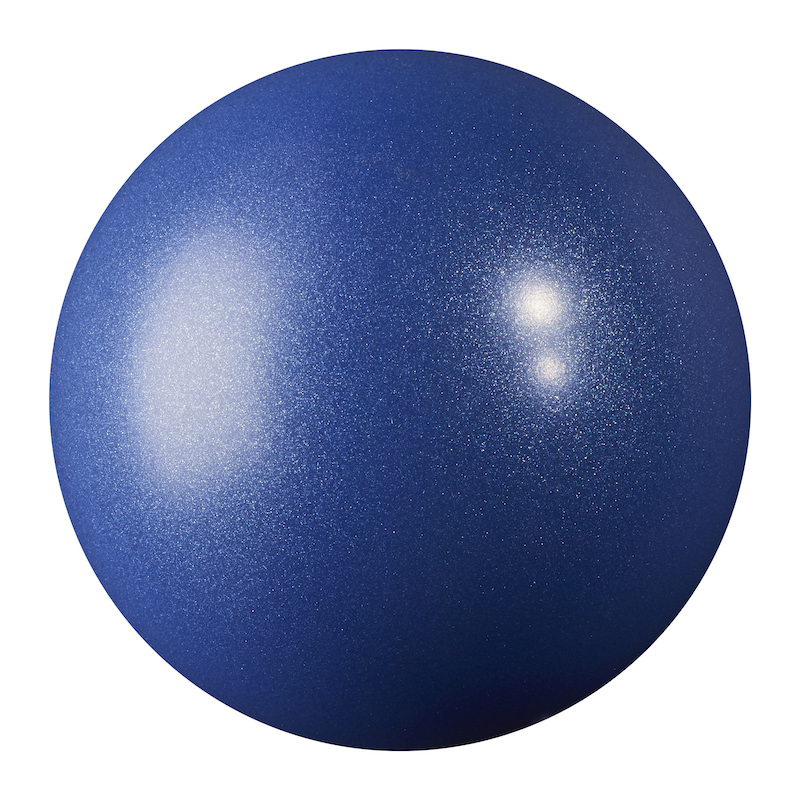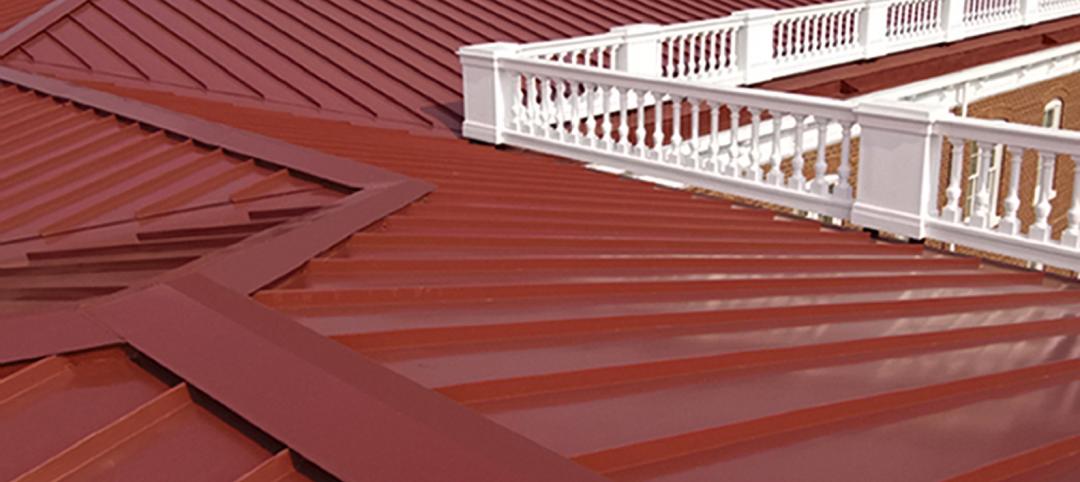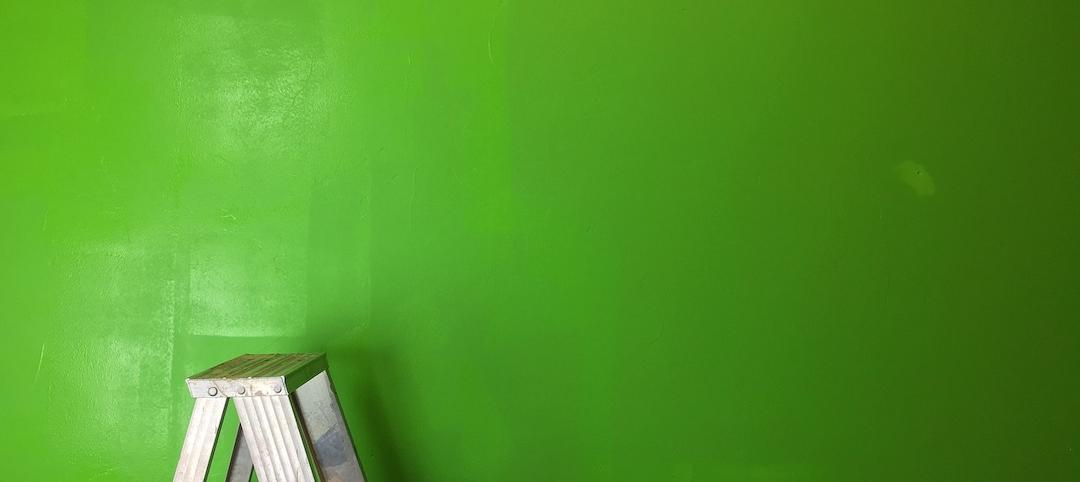Innovations in the paint industry over the years mean that today’s architects have infinite options for choosing the right colors and finishes for their projects. At Valspar Coil and Extrusion Coating (becoming Sherwin-Williams Coil Coating), chemists are constantly working hard in the laboratory to expand the limits of color. But beyond just color, Valspar has developed durable metallic coating systems that are made to last while providing a vibrant sparkle.
Over the past 50 years, paint manufacturers like Valspar have developed high-performance coatings with a metalescent aesthetic, all while expanding color spaces and enhancing performance. Metalescent pigments comprise of tiny flakes of aluminum, mica, or other effect pigments. The size, shape, and concentration of these flakes influence the shine and finished look of a coating.
Previous to recent innovations, the industry standard was to use flakes of aluminum to achieve sparkling metallic effects in paint. The only problem was that because of aluminum’s composition, a clear coat was required to prevent oxidation. This meant that it was standard for a project to take three coats: a primer, the color coat, and a clear coat on the top.
Now through the use of mica, paint developers can add the perfect sparkle to a coating while bypassing the need for a protective topcoat. Since mica is stable and inert, it doesn’t react with elements or to the environment in the way that aluminum does. Mica doesn’t oxidize and degrade like aluminum flakes do when exposed, meaning that mica-based systems often don’t need a topcoat in order to perform. Reducing systems from three coats to two ultimately saves architects time and money.


Furthermore, innovations in developing these mica-based coatings mean that the product can better withstand exposure to sun, moisture, humidity, heat, and temperature fluctuations, which can corrode coatings and cause vibrant colors to fade. Valspar’s systems are rigorously tested, designed to perform, and can maintain color and gloss integrity for better performing and more consistent products.
While metalescent coatings of the past were traditionally silver, gold, bronze, and champagne, newer pigments allow for metalescent oranges, reds, and other bright colors that will perform just as strongly.
Although many coatings still utilize aluminum for that shimmering effect, mica-based and other metallic and semi-metallic material-based coatings are on the rise. The world of architectural coatings is always changing, and today’s architects have more options than ever to bring their visions to life. Coatings manufacturers are able to match custom colors with this sparkle effect, and can even control the amount of sparkle desired by manipulating the flake size, gloss and other factors.
Related Stories
Sponsored | Coatings | May 6, 2015
Color and Contrast in the Built Environment
Because color is incredibly subjective, personal and situational, it is difficult to study scientifically. There is no conclusive evidence to fully support one color’s beneficial effects on the human mind and body over another color.
Sponsored | Coatings | Apr 20, 2015
Wayfinding With Color
Color’s prominent role in wayfinding has become a focus in architecture, as color association is strong and memorable for regular occupants and occasional visitors alike.
Sponsored | | Mar 23, 2015
Brightening Young Minds with Color
Education is changing, and school design is changing with it. The old-fashioned classroom, filled with rows of front-facing desks, is giving way to other types of learning spaces.
Sponsored | | Feb 25, 2015
Light and bright can cool you down
Colors can be a helpful tool for meeting energy performance goals.
Sponsored | | Jan 15, 2015
5 design considerations when selecting color for healthcare facilities
In an environment where the chief task is to heal the sick and injured, color matters for both patients and healthcare personnel.
Sponsored | | Dec 12, 2014
Coloring in the Lines
Behind the science – and history – of finding the ‘right’ color
Sponsored | Coatings | Nov 6, 2014
Spanning the Spectrum
Chameleons are known for changing their skin colors to suit the observer, but what if a building can too?












